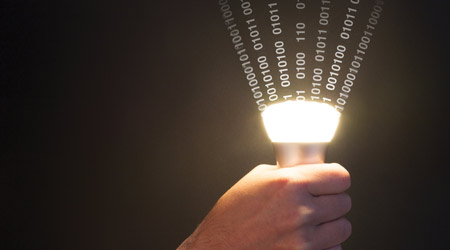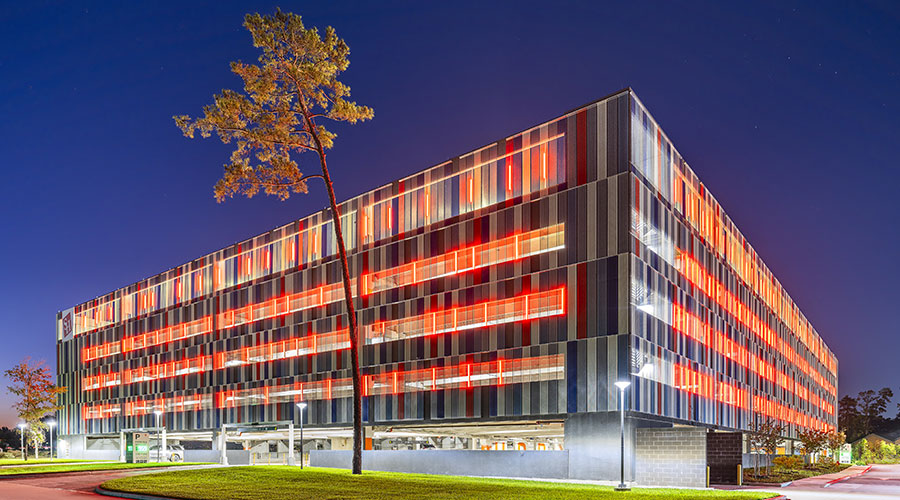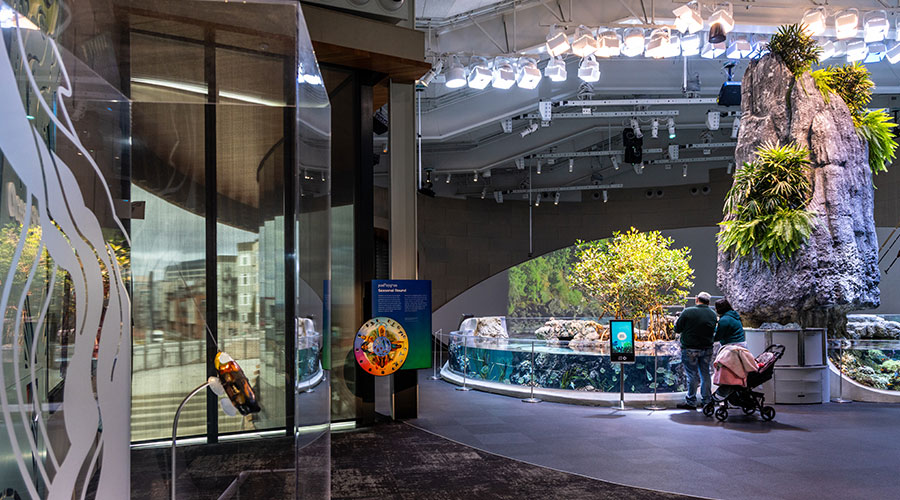Advanced Lighting Controls Help FMs Reap Rewards of Automated Demand Response
High-performance lighting controls systems are aided by new technologies that offer flexibility, function, and energy savings.
Demand response is another arrow in the quiver for achieving energy savings and also grid reliability. Many lighting control systems can be preprogrammed to dim or turn fixtures off during DR “events.” Some codes even require lighting controls that can automatically respond to a signal activating this DR.
This function is called automated demand response (ADR). For example, in California, Title 24 requires most spaces to be at least ADR “capable.” Being ADR “capable” means that a control system and associated light fixtures can potentially receive a signal from an independent server/provider calling a DR “event.” Ironically, connection to an independent system that would provide this ADR signal is not actually required — yet. However, code inspectors will not sign-off on a controls installation until they see at least a simulation of the control system using such a signal to automatically reduce lighting energy use.
Under Title 24, the controls must be capable of reducing lighting energy use by at least 15 percent in applicable spaces. Demand response using lighting is a no-brainer, because people can’t typically perceive that light levels have changed until fixtures have been dimmed by at least 20 to 30 percent.
In addition to reducing demand on the electric grid by employing ADR strategies in a specific building, there’s another very interesting new potential use of lighting control systems that are connected to a much larger network.
The electric grid uses a variety of generation sources to provide power. This is getting increasingly more complicated rather than less, in part because of the many new sources of power generation, such as renewables. Electric utilities and “independent system operators” must perform a very delicate balancing act every day to make sure that the electricity provided meets the demand in the market. In particular, supply voltage and frequency must be regulated within very narrow tolerances.
Dimmable light fixtures are potentially great tools to help regulate the electric grid, especially because small changes in light output are imperceptible anyway. Additionally, those changes can be made very rapidly in light fixtures, whereas rapid changes to things like motors or HVAC systems may be much more difficult to achieve.
For the grid to benefit from using dimmable light fixtures to “reg up” or “reg down” (making small changes to the voltage and frequency in the grid), very fast communication must be possible between grid operators and control systems in buildings. With networked lighting control systems that pass information back and forth to other systems via (for example) BACnet, such strategies may soon be possible.
Of course this will require a reconsideration of codes and possibly also utility incentives. For example, what happens if, even for a short duration of time, you are asked to consume more rather than less energy to regulate voltage on the larger grid? You might ask the same question if you choose to take advantage of the possible benefits of “circadian stimulus.” What if it’s preferable even for a short duration of time to provide substantially more light than at other times to stimulate appropriate visual/brain receptors that may have a beneficial impact on the occupants’ behavior and comfort? Based on current code language, will this result in a penalty for non-compliance with what are otherwise good energy-savings practices using these advanced control systems?
Pay attention to security
Lastly, any owner considering the deployment of an advanced, networked lighting control system has to give serious consideration to security issues. If the desire is to integrate the lighting control system with other building systems, it’s extremely important for the owner to have up-front discussions with the entire team (certainly including the in-house IT staff) about the potential risk and how to mitigate that. Some owners maintain totally separate networks for building systems as opposed to their business enterprise systems — in the same building. In that case, the networks are effectively “air-gapped” — meaning that there is no possible interaction between the two. Another strategy for helping to mitigate the security risk is using only VPNs to allow for remote access into the building systems.
It’s very clear that the paradigm for lighting control system topology and technology is rapidly changing. This is a great time to benefit from the myriad new features of advanced, networked systems. It should also go without saying that learning about these as soon as possible will help any owner make more informed purchase decisions about systems that they may ultimately deploy enterprise-wide over time.
Steven Mesh is a lighting designer and principal of Lighting Education & Design based in San Francisco. He has taught classes in lighting design and controls for the past 30 years and is a former regional vice president of the Illuminating Engineering Society. He can be reached at steve@stevemesh.com.
Email comments to edward.sullivan@tradepress.com.
Related Topics:













